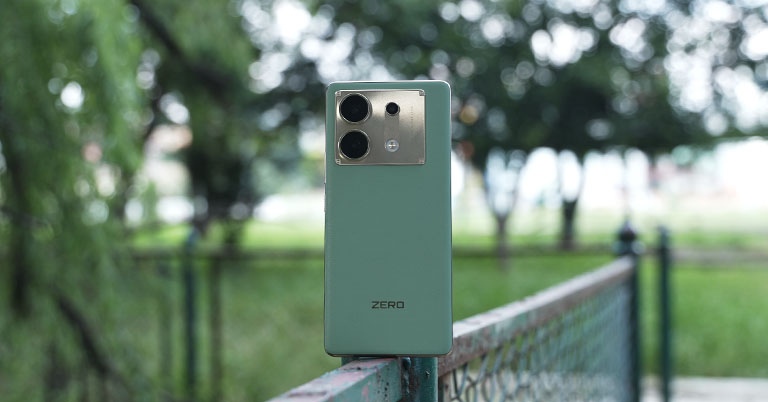
Infinix is back at it again with another smartphone that has created a lot of hype. Just like the GT 10 Pro which I reviewed a month ago, the Infinix Zero 30 seems like a killer deal on paper with a 144Hz AMOLED display, powerful Dimensity 8020 chipset, 4k 60 front and back recording, and a 5000 mAh battery with 68W fast charging. But does it actually hold up in real-world usage? What’s the catch here.. Well..keep reading to find out.
But before my full review, here are the brief specifications of the Infinix Zero 30.
Infinix Zero 30 Review: Specifications
- Body: 164.5 x 75 x 7.9 mm, 185gm
- Display: 6.78-inch AMOLED, 144Hz refresh rate
- Resolution: FHD+ (2400 x 1080 pixels), 20:9 aspect ratio
- Chipset: MediaTek Dimensity 8020 (6nm Mobile Platform)
- Memory: 8/12GB RAM (+ Up to 9GB Virtual RAM), 256GB storage
- Software & UI: XOS 13 on top of Android 13
- Rear Camera: Dual
– 108MP primary, f/1.7, 1/1.67”, OIS
– 13MP ultrawide, f/2.2, 120° FOV
– 2MP depth, f/2.4 - Front Camera: 50MP, f/2.5 (punch-hole)
- Audio: Stereo speakers, Speaker Hub
- Security: In-display fingerprint sensor
- Battery: 5000mAh with 68W fast charging
Infinix Zero 30 Review:
Design
The Infinix Zero 30 just feels fantastic in the hand. It’s sleek and this vegan leather variant that I have feels premium to the touch as well. Infinix has also gone with quite a bold look for the camera module, and I found it to be pretty lightweight at just 183 grams.
It’s still a big phone, but overall I’m really impressed with the hands-on feel of this thing. Sadly there isn’t any sort of IP rating but I guess we can’t expect everything from a midrange phone in the first place.

Display
- 6.78-inch FHD+ AMOLED panel
- 144Hz refresh rate
- 10-bit colors, 950 nits peak brightness
Its impressive run continues on the display front too. You get a 10-bit 144Hz curved AMOLED panel here with up to 950 nits of peak brightness that’s great to look at. And these gentle curves make the Infinix Zero 30 feel more premium than it actually is… although as with curved displays, there are some accidental mistouches every now and then.
Infinix also offers a couple of color presets to choose from but I really wish both of them weren’t calibrated to look so rich and saturated. That means if you’re a fan of more neutral colors, this is something you’re gonna have to live with here.
And HDR playback is a mixed bag as well. The Infinix Zero 30 can stream HDR videos on YouTube just fine, but it can’t do so on Netflix.
Speakers and Haptics
- Stereo speakers with DTS
Watching movies and shows on it feels great, especially paired with the loud stereo speakers. The speakers don’t sound the fullest and lack some of that lower frequency but are very competitive for the price.
Haptics are nothing out of the ordinary and just about what you’d expect from a mid-ranger. It’s pretty weak and barely noticeable in your pocket, especially, if you’re moving around. I missed a good number of calls because of it, but unsurprisingly, that’s not the first time it has happened.
Performance
- Octa-core MediaTek Dimensity 8020 5G SoC (6nm)
- 8/12GB LPDDR4X RAM, 256GB UFS 3.1 storage (fixed)
- Android 13 (XOS on top)
Now for the performance. This Infinix (Zero) 30 comes with a pretty powerful Dimensity 8020 chipset which — like most other MediaTek processors we’ve seen this year — is also a rebranded product. More specifically, the 8020 is just Dimensity 1100 with a new name that launched almost 3 years ago.
Rebrandings aside, this is quite a competent chip I must say. As you can see from these benchmarks, it easily keeps up with if not straight outperforms, most of its competitors.

And the real-world usage is also no different. Getting through the UI is buttery smooth and responsive on the Zero 30 and I haven’t noticed any lag or stutter under regular everyday use like browsing the web, scrolling through social media, and stuff. Switching between apps and multitasking has not been a problem either.
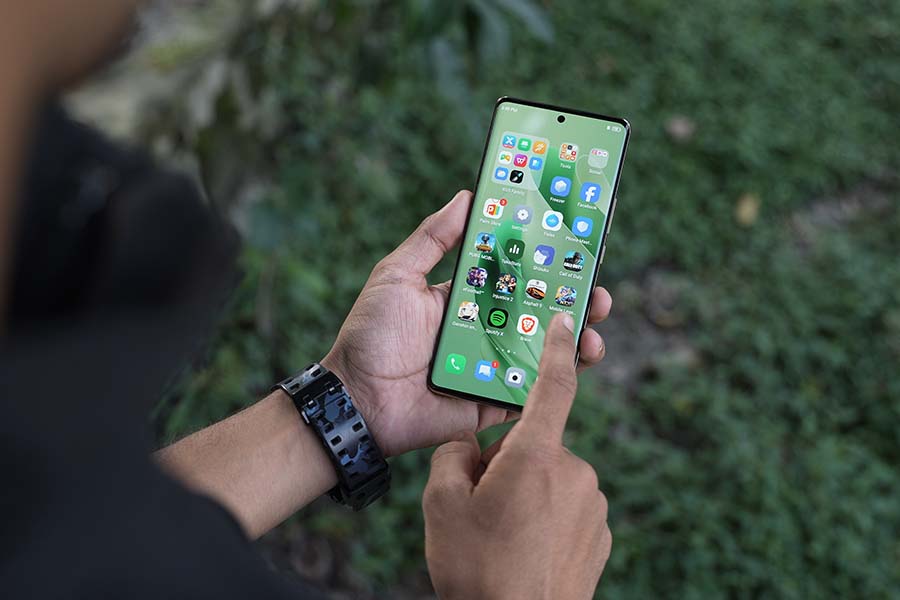
I also like how Infinix has been generous in terms of memory since the Zero 30 comes with a base 8GB RAM and 256GB storage.
Gaming
If we are talking about gaming, however, the story takes a slight turn. Due to the slim form factor, the Infinix Zero 30 is not the best at dispersing heat. As such, the phone quickly throttles the CPU which isn’t great for gaming. It isn’t to say you can’t game on the Zero 30, just that you’ll be sacrificing some fps for the sake of everything else. Even then, the phone does get noticeably warm, especially on the front and around the camera module.
Starting off with PUBG Mobile at Smooth and Extreme, the gameplay was fairly smooth with a few stutters here and there. The phone did get hot after a few minutes of gameplay and performance took a hit. So, compared to phones like IQOO’s Z7 Pro and Motorola’s Edge 40 Neo, the performance of the Zero 30 was slightly underwhelming.

On Injustice 2 at default settings, I was getting anywhere from 80-100 fps. It was smooth sailing with no noticeable drops or stutters.
Genshin Impact ran smoothly on Medium Settings ( Motion Blur Off and Frame Rate cap to 30) and gave consistent 30 fps. On Low settings with frame rate set to 60, I got an average of 48fps. As I said, this phone WILL get hot while gaming (39.3°C front, 36.5°C back, peak CPU temp 73°C) and you will notice frame drops during fights or intense scenes, but it isn’t surprising given the form factor.
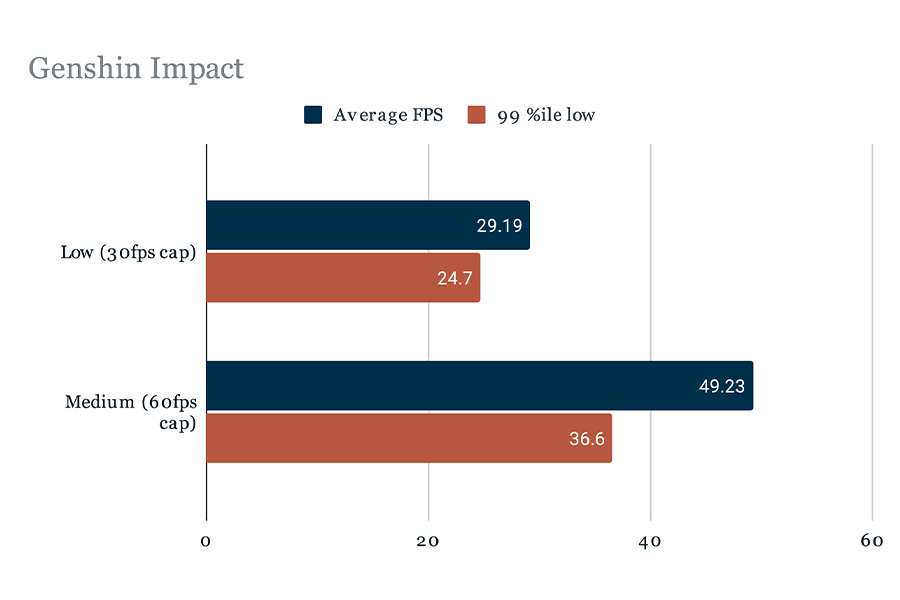
I also played Mobile Legends and Asphalt 9, both of which ran with no problems.
Camera
- Triple camera setup at the back
- (50MP main, 13MP ultrawide, 2MP depth)
- 50MP selfie camera (hole-punch)
To be fair, Infinix isn’t exactly marketing this as a gaming phone. But it is promising a lot in the camera department. So let’s get into that now.
Here, the Infinix Zero 30 uses Samsung’s 108MP HM6 sensor for the main camera and it also brings a 13MP ultrawide shooter, while selfies are handled by a 50MP sensor that supports autofocus.
4k 60 fps
And as I mentioned before, its biggest highlight is the ability to record 4K 60 fps videos from both primary and selfie cameras. Which is something no other phone in this price range can do, by the way. And after taking a lo…t of video samples, what I found is that its 4K 60 fps footages during daytime are pretty decent actually.
You can notice some minor jitters every now and then and it doesn’t drown out the ambient noise that well, but there are plenty of details and the overall stabilization isn’t nearly as bad as I expected.
I also won’t suggest you recording at 60 fps at night when there isn’t enough light since the videos turn out quite noisy.
This is because compared to something like a 30 fps video, you’re giving the camera exactly half the time to expose each frame, resulting in more noise in lowlight conditions.
Infinix Zero 30’s ultrawide camera can also record at up to 4K 30 fps, and the results are pretty similar.
4K 60 fps recordings from its selfie camera are decent too. The footages aren’t as steady as I’d like but if you’re serious about vlogging on a budget, I can easily see the Infinix Zero 30 being a perfectly workable tool when paired with a cheap gimbal and an external microphone.
Daylight
Likewise, I compared its cameras with the Galaxy A34, which is one of the best camera phones under 30,000 currently. And in terms of videos itself, it turns out that the Infinix Zero 30 doesn’t quite match Samsung’s level of stability and exposure handling at practically every resolution.
But I’m a little surprised to see how well it’s doing against Galaxy A34 in the photography department. During the day, photos from both phones come out nice with a good amount of details. Infinix does need to work on its color processing as its images are a bit warmer but overall, it’s not too bad.
And I like how its ultrawide shots are (somewhat) consistent with those from the main camera too. The detail level is consistently better (than A34) here and it handles highlights and shadows pretty impressively.
Portraits and Selfies
As for portraits, the Galaxy A34 earns an easy point. Not only does it have better edge detection and color processing, but the Infinix Zero 30 tends to add a pinkish hue to the subject’s face which I am not a big fan of. Its selfies also leave a lot to be desired as the Galaxy A34 handles skin tones miles better.
Lowlight
But the Zero 30 is a champ when it comes to lowlight photography. There’s not much shutter lag and they have more details and better dynamic range than A34.
You can also choose to shoot in the “Super Night Mode” which takes in more light but this gave me some weird-looking images from time to time.
Battery and Charging
- 5000mAh with 68W fast charging
Now let’s talk about the battery. I was surprised to find out that this slim guy is packing a 5000 mAh cell. And after some use, I can say that while the battery life is good it’s not great.
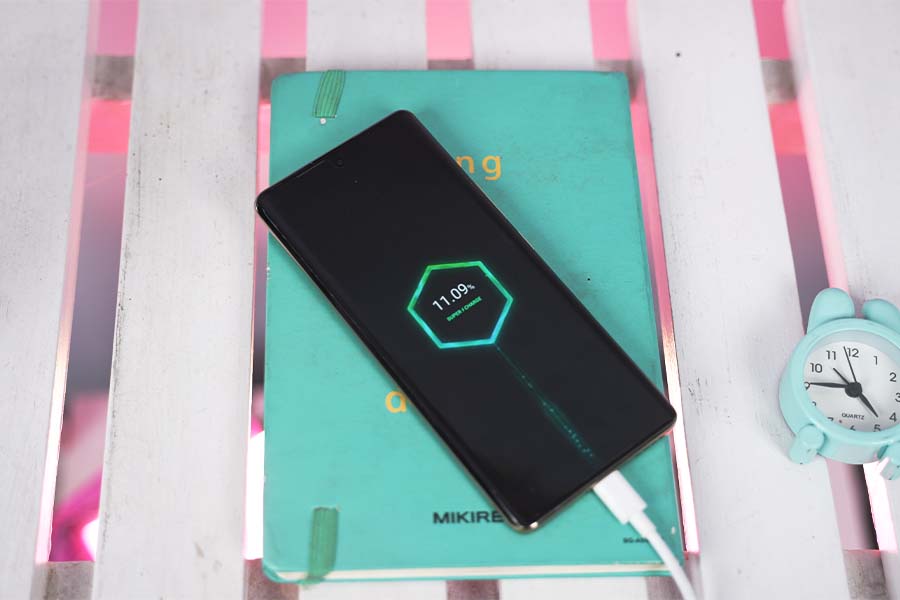
It lasted me through the day just fine, but the battery drain was quite horrifying as the Zero 30 lost anywhere between 15 to 20% overnight. After a little bit of digging, I did find that turning on “Bedtime mode” helps a lot but yeah, this is something Infinix needs to fix ASAP!
Infinix Zero 30 Review: Conclusion
To wrap things up, I think the Infinix Zero 30 is a great overall package for the price that pushes the boundary for smartphone cameras in the midrange arena. Especially in terms of videography. It does under-deliver on its promise of “stable, shake-free videos every time”, but I hope this encourages the competition to follow suit in the future anyway.
There are also a couple of optimization issues for Infinix to sort out but all in all, the Zero 30 makes a lot of sense under 25,000 rupees. I’ll admit — this segment does have a few other compelling options like the Motorola Edge 40 Neo(review) and the iQOO Z7 Pro as well — but it easily stands out against the competition. Mostly through its videography abilities.
Infinix Zero 30 Review: Pros and Cons
Pros
- Good value for money
- Capable Camera Setup
- Powerful chipset
- Smooth 144Hz OLED display
Cons
- Thermal throttles quickly
- Software optimization could be better






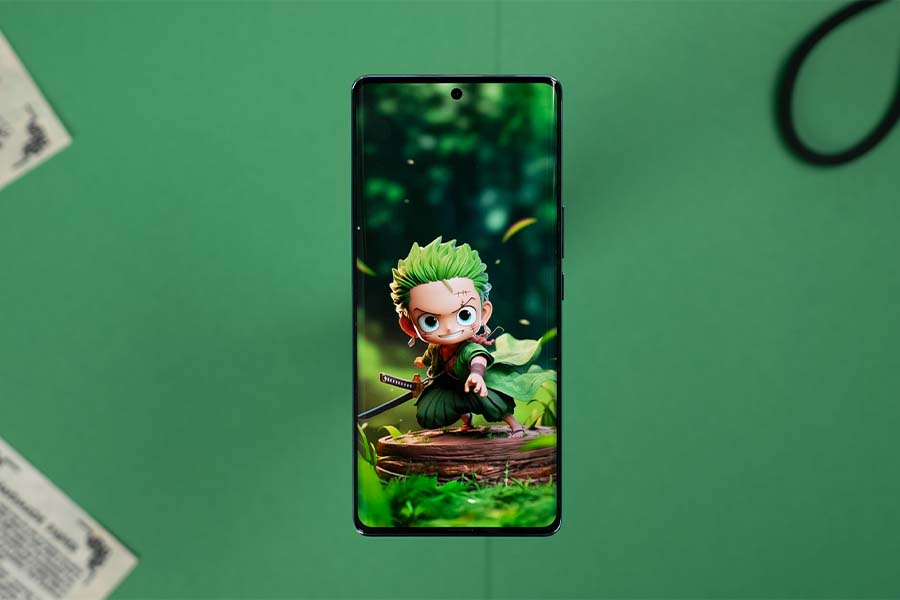
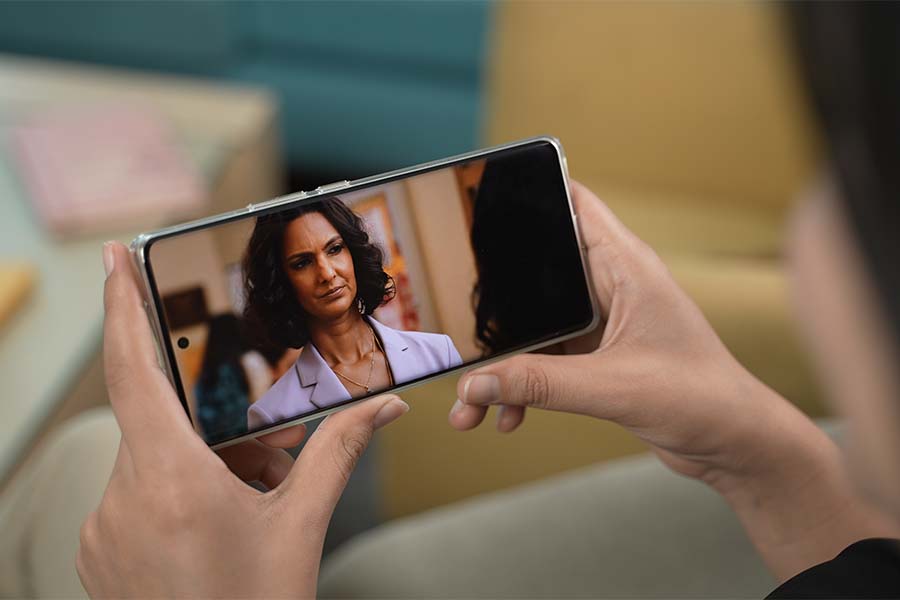

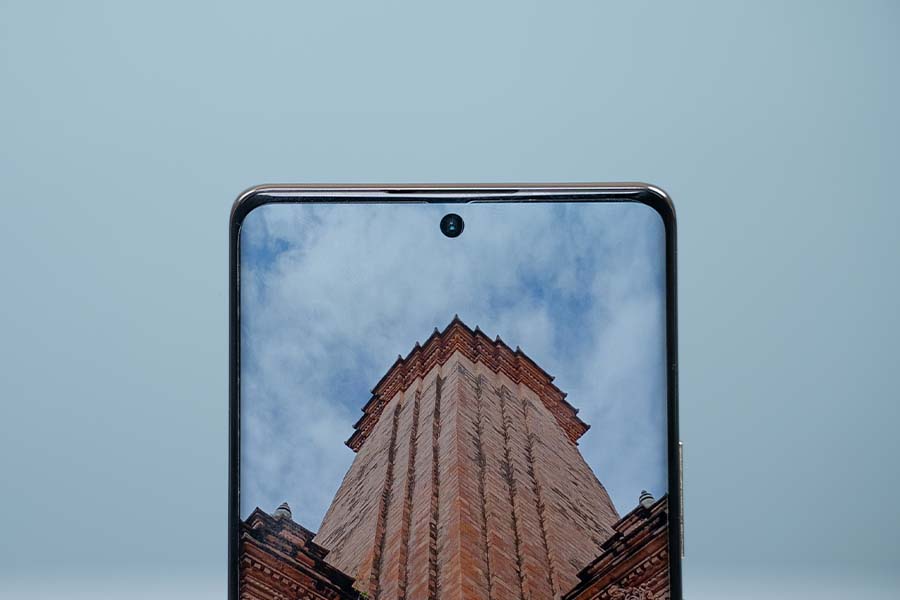


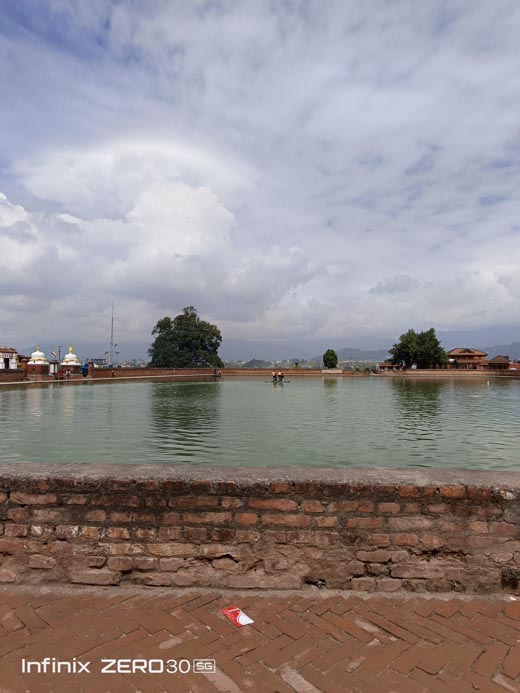
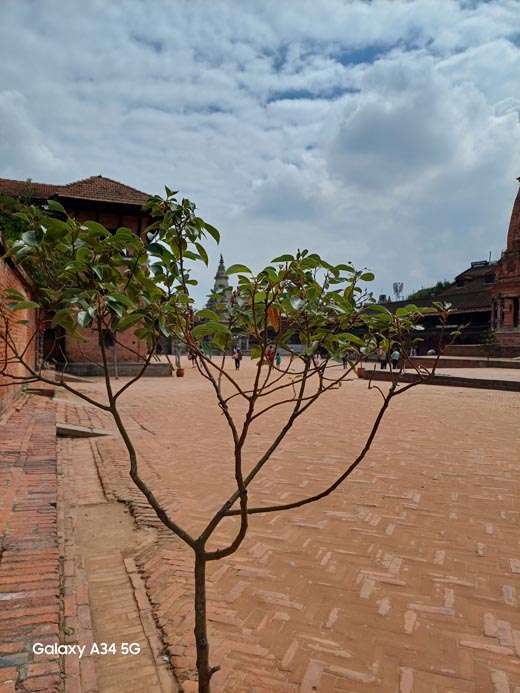
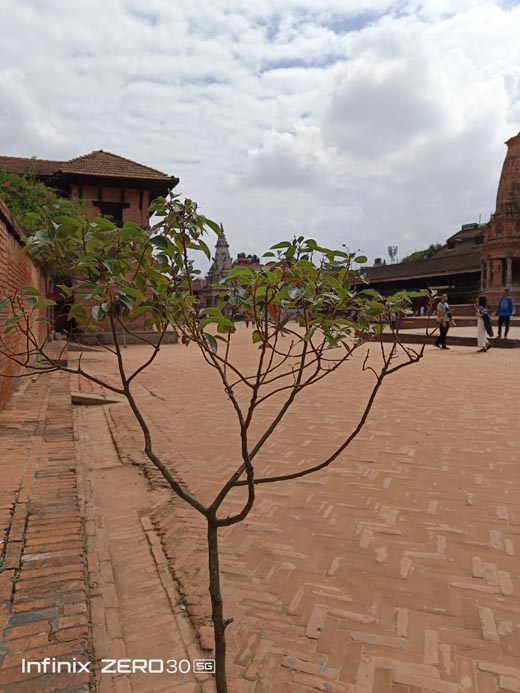


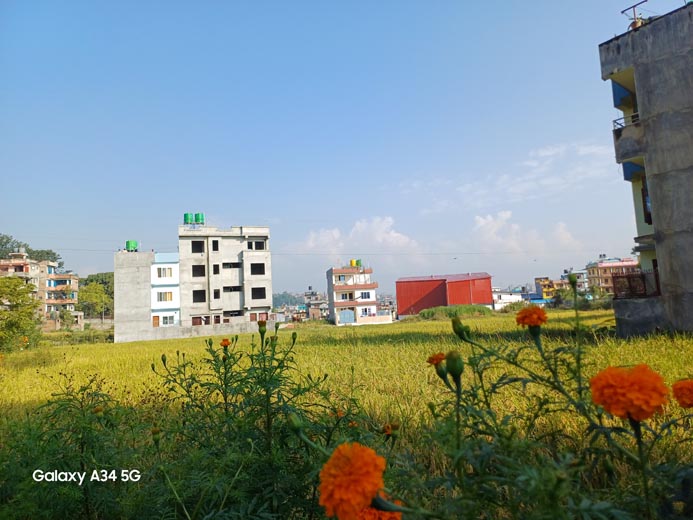
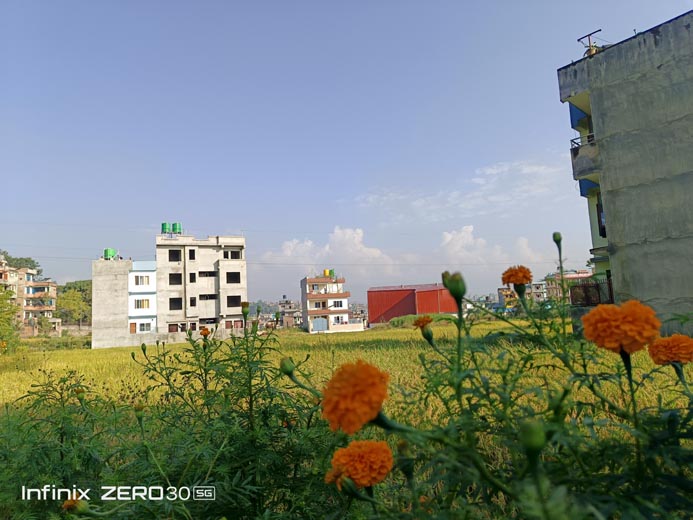

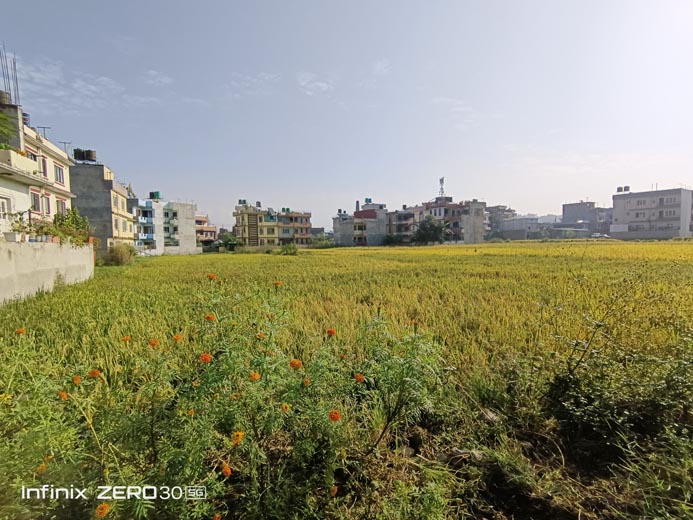

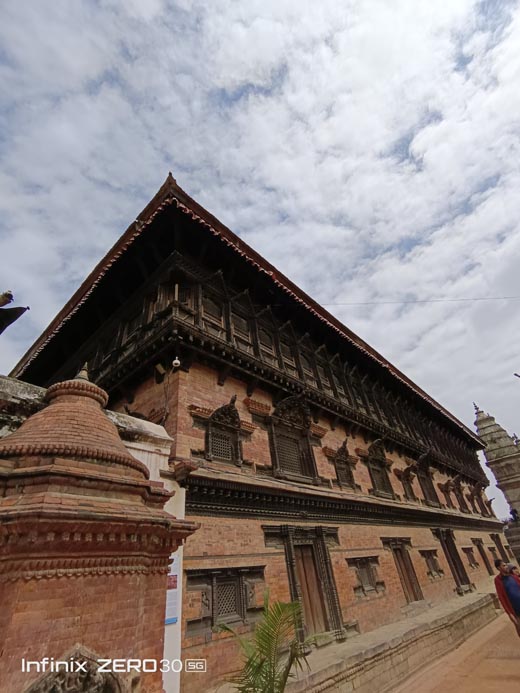
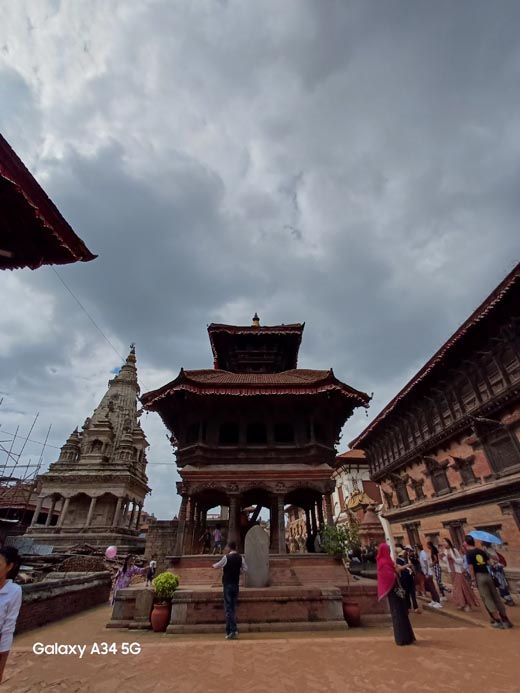



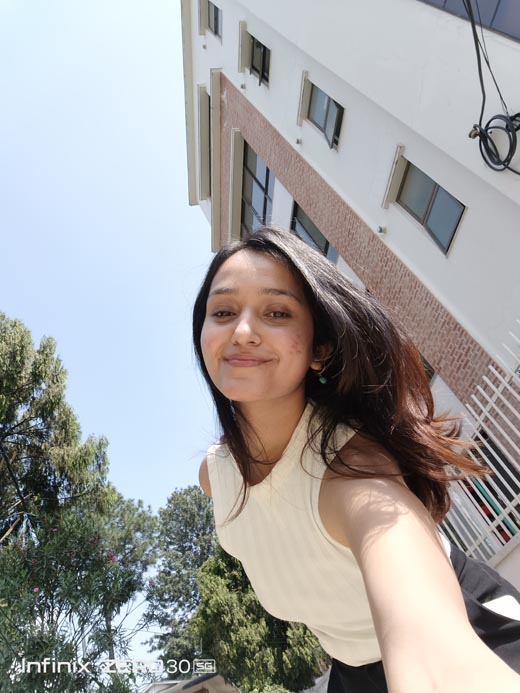

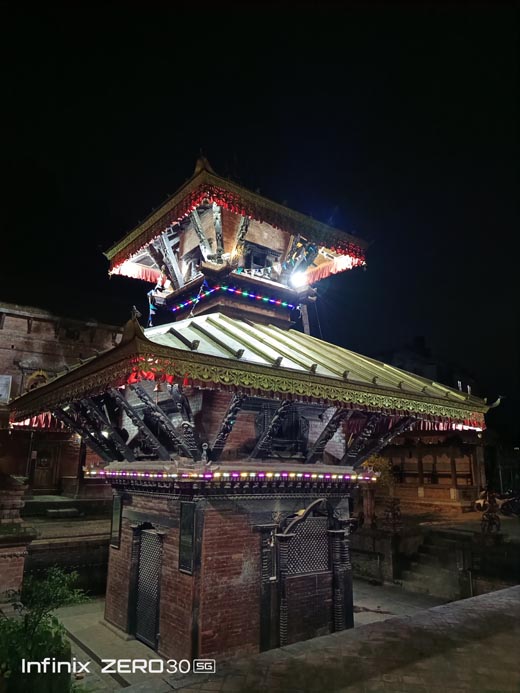
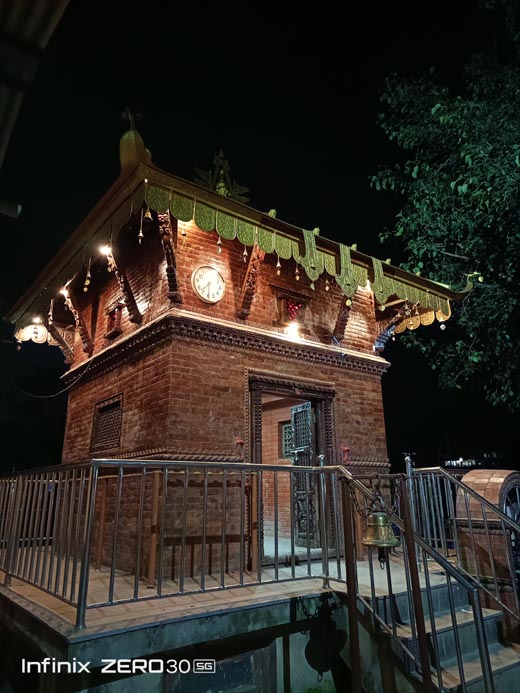
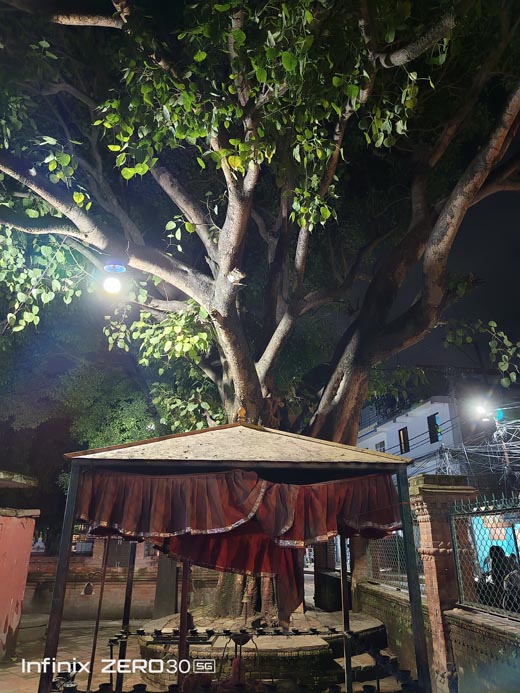

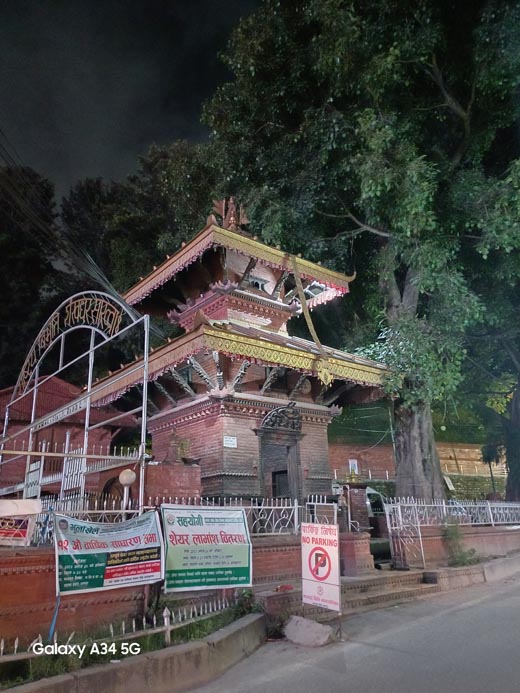
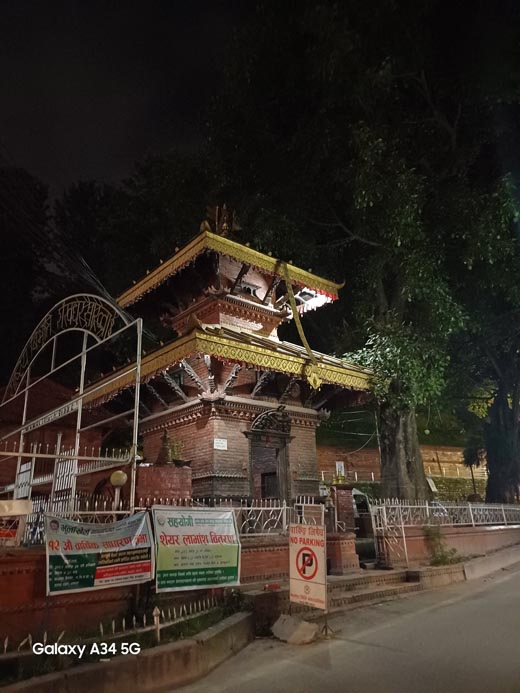
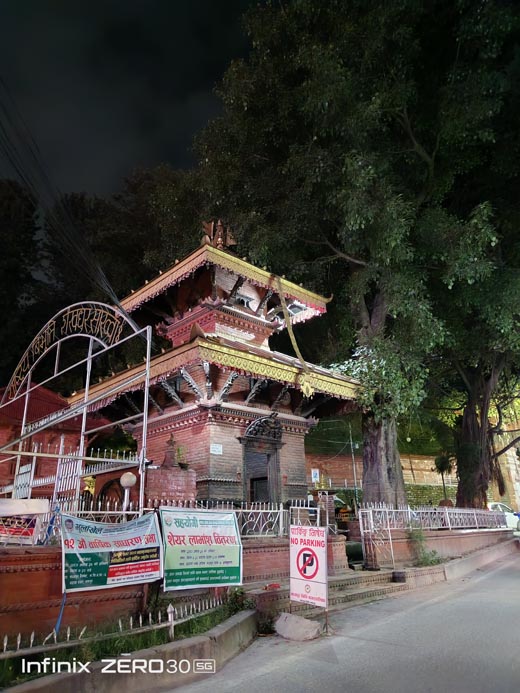
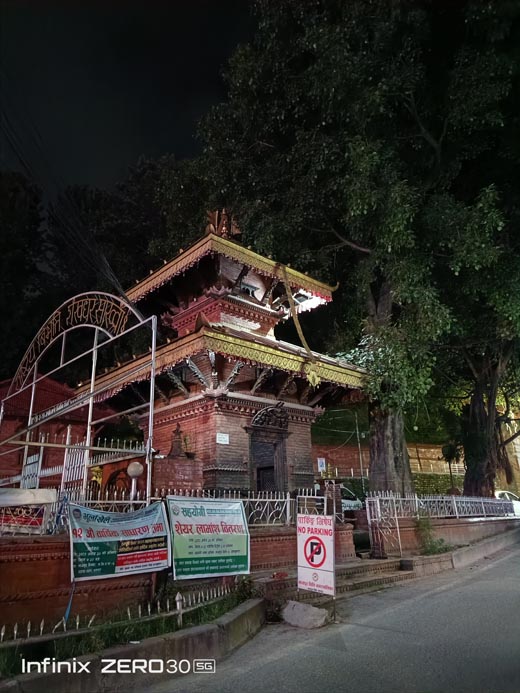

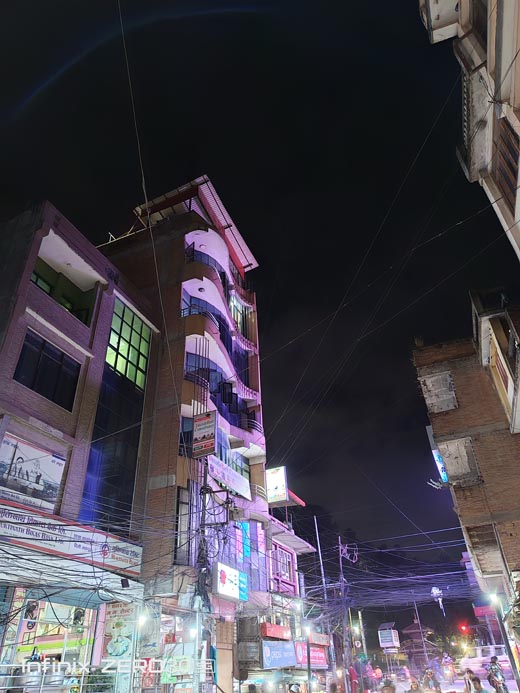
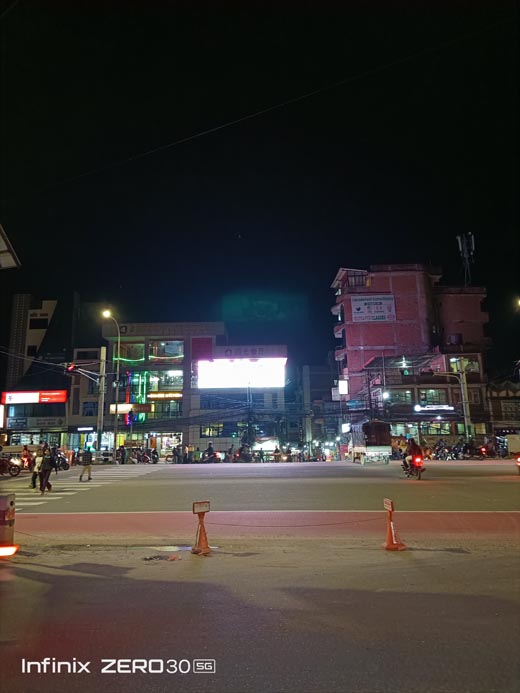
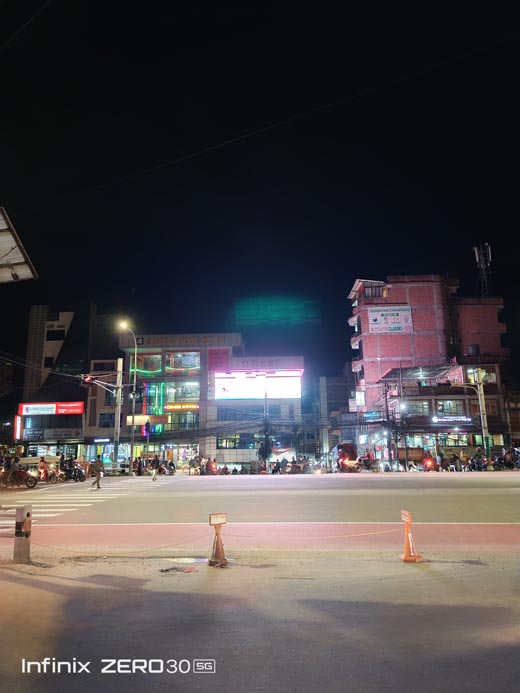

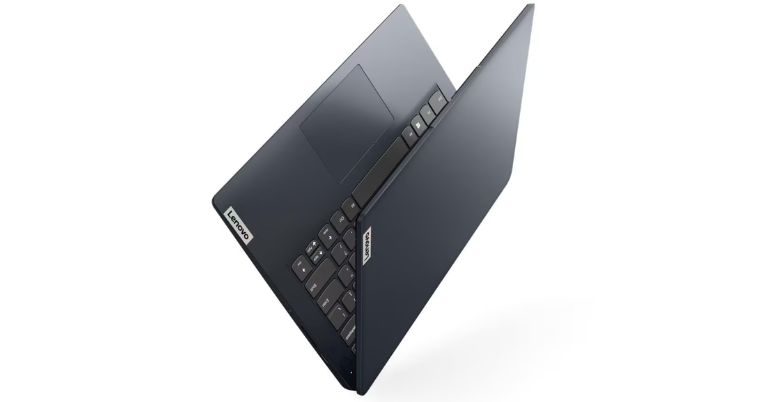
![Best Gaming Laptops in Nepal Under Rs. 250,000 (रु 2.5 Lakhs) [2025] Best Gaming Laptops Under 2.5 lakhs in Nepal [Feb 2025 Update]](https://cdn.gadgetbytenepal.com/wp-content/uploads/2025/02/Best-Gaming-Laptops-Under-2.5-lakhs-in-Nepal-Feb-2025-Update.jpg)
![Best Gaming Laptops in Nepal Under Rs. 120,000 (रु 1.2 Lakhs) [2025] Best Budget Gaming Laptops Under Rs 120000 in Nepal 2025 Update](https://cdn.gadgetbytenepal.com/wp-content/uploads/2025/05/Best-Budget-Gaming-Laptops-Under-Rs-120000-in-Nepal-2024-Update.jpg)
![Best Laptops Under Rs. 80,000 in Nepal [2025] Best Laptops Under 80,000 in Nepal March 2025 Update](https://cdn.gadgetbytenepal.com/wp-content/uploads/2025/03/Best-Laptops-Under-80000-in-Nepal-March-2025-Update.jpg)
![Best Laptops Under Rs. 70,000 in Nepal [2025] Best Laptops Under 70,000 in Nepal March 2025 Update](https://cdn.gadgetbytenepal.com/wp-content/uploads/2025/01/Best-Laptops-Under-70000-in-Nepal-March-2025-Update.jpg)
![Best Mobile Phones Under Rs. 15,000 in Nepal [Updated 2025] Best Phones Under 15000 in Nepal 2024 Budget Smartphones Cheap Affordable](https://cdn.gadgetbytenepal.com/wp-content/uploads/2024/03/Best-Phones-Under-15000-in-Nepal-2024.jpg)
![Best Mobile Phones Under Rs. 20,000 in Nepal [Updated] Best Mobile Phones Under NPR 20000 in Nepal 2023 Updated Samsung Xiaomi Redmi POCO Realme Narzo Benco](https://cdn.gadgetbytenepal.com/wp-content/uploads/2024/01/Best-Phones-Under-20000-in-Nepal-2024.jpg)
![Best Mobile Phones Under Rs. 30,000 in Nepal [Updated 2025] Best Phones Under 30000 in Nepal](https://cdn.gadgetbytenepal.com/wp-content/uploads/2025/01/Best-Phones-Under-30000-in-Nepal.jpg)
![Best Mobile Phones Under Rs. 40,000 in Nepal [Updated 2025] Best Phones Under 40000 in Nepal 2024 Smartphones Mobile Midrange](https://cdn.gadgetbytenepal.com/wp-content/uploads/2024/02/Best-Phones-Under-40000-in-Nepal-2024.jpg)
![Best Mobile Phones Under Rs. 50,000 in Nepal [Updated 2025] Best Phones Under 50000 in Nepal](https://cdn.gadgetbytenepal.com/wp-content/uploads/2025/01/Best-Phones-Under-50000-in-Nepal.jpg)
![Best Flagship Smartphones To Buy In Nepal [Updated] Best flagship phone 2025](https://cdn.gadgetbytenepal.com/wp-content/uploads/2024/07/Best-Flagship-Phones-who-is-it-ft-1.jpg)